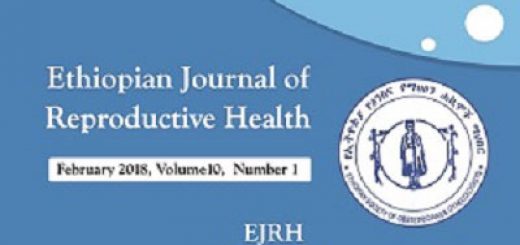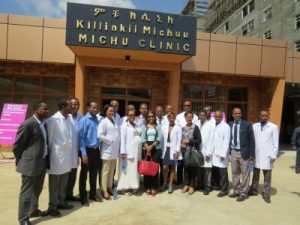Determinants of uterine rupture among cases of Adama city public and private hospitals, Oromia, Ethiopia: a case control study

Fikru Abebe, Ephrem Mannekulih, Abebe Megerso, Abdurahman Idris and Tsegaye Legese
Background
Ethiopia is among the ten world countries with highest maternal death rates that accounts for more than 59% of global maternal deaths. Uterine rupture is one of the dangerous obstetric problems with high potential of causing maternal and neonatal morbidity and mortality. The case fatality rate of uterine rupture is high and hence identifying factors associated with uterine rupture remains important to guide decision makers and practitioners. The study aimed to identify factors associated with uterine rupture among clients managed in Adama city public and private hospitals during January 2011 to December, 2015.
Methods
Unmatched case control study design was employed. The sample size was determined using computer software considering the basic statistical assumptions and accordingly a total of 432 women, (144 with uterine rupture as cases and 288 with spontaneous vaginal delivery as controls) managed in all hospitals during the study period were included in the study. A data collection tool that contains available variables was designed and used to extract data from log books and client cards. Data were entered into EPI-Info-7 and exported to Stata-12 for cleaning and analysis. The study participants were characterized using descriptive statistics. The associations between uterine rupture and independent variables were modeled using binary logistic regression analysis. The association between independent variables and uterine rupture was estimated using odds ratio with 95% confidence intervals. The statistical significance of the association was declared at P-value < 0.05.
Results
The odds of having a uterine rupture were found to be more than six times higher among rural residents (AOR = 6.29; 95% CI: 3.39, 11.66) compared to urban. Other independent predictors include gravidity of five or more (AOR = 27.89; 95% CI: 8.42, 92.34), having a history of cesarean section scar (AOR = 9.94; 95% CI: 3.39, 11.66) and not having an antenatal care visit (AOR = 9.64; 95% CI: 4.37, 21.29).
Conclusion
Rural residence, multigravidas, cesarean section scar and not having an antenatal care visit were independent predictors of uterine rupture in the current study. Therefore, improving access and strengthening essential obstetric care, antenatal and family planning services with complete packages are crucial interventions in the reduction of the odds of having uterine rupture. In addition, the strengthening of the referral system is mandatory for women residing in rural areas.







